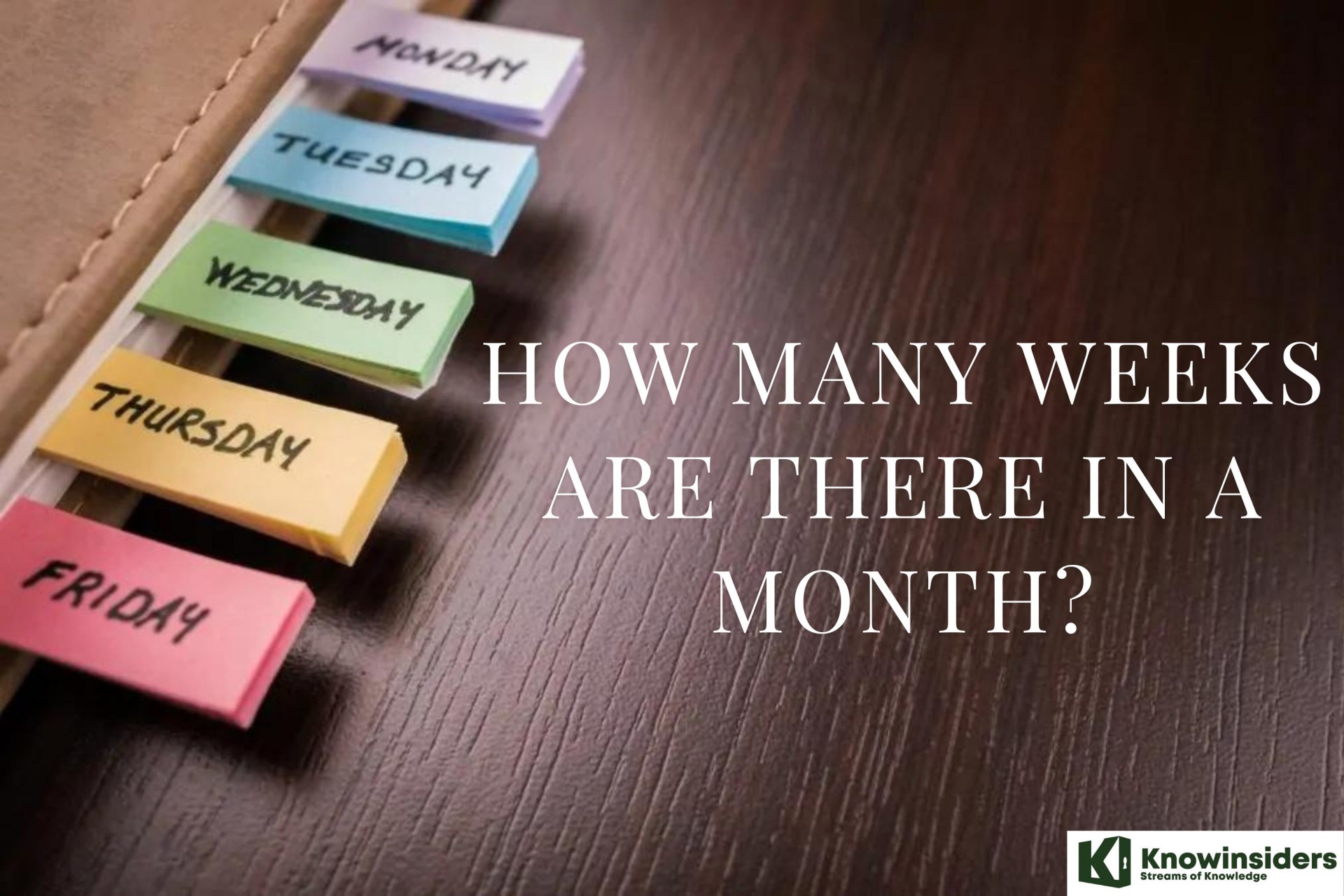$300 Monthly Child Tax Credit Payments: Start Date and Details
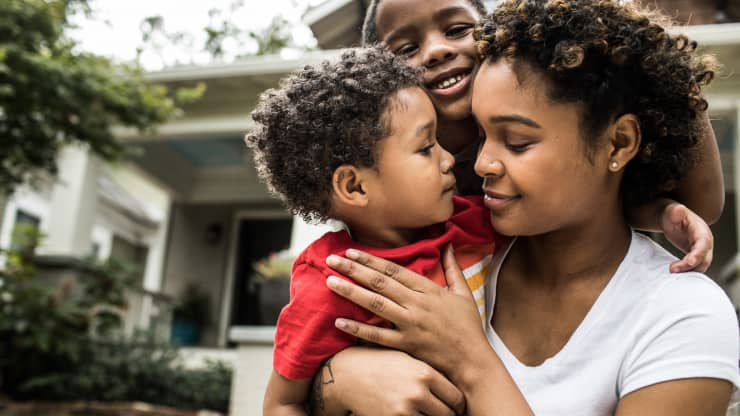 |
| MoMo Productions | DigitalVision | Getty Images |
You've already dealt with complicated details surrounding your taxes and stimulus checks -- but the fine print of the 2021 expanded child tax credit is even more complex. Families who qualify for the CTC will get up to $500, $3,000 or $3,600 per child in a total of seven payments, starting in July. But it doesn't come without thorny rules.
For instance, of your total payment, you'll only get half this year. You'll claim the rest when you file taxes in 2022. Plus, adults have to meet specific adjusted gross income restrictions and your dependents have eligibility requirements of their own. And if you've got older kids, 2021 babies or you share custody with your child's other parent, you'll want to update yourself on the details.
Child tax credit payment schedule: Everything we know
We know the child tax credit payments will begin arriving in July, but the IRS hasn't announced a specific date. We don't know if the payments will be released in batches or all at once, or if they'll come earlier in the month or later.
What we do know is that the checks are on track to arrive monthly through December. Here's a breakdown of what to expect. We'll update this chart when we learn more about the payment delivery dates.
TIMELINE FOR THE CHILD TAX CREDIT PAYMENTS
| Monthly | Payment ages 5 and younger | Payment ages 6 to 17 |
|---|---|---|
| July 2021: First payment of the year | $300 | $250 |
| August 2021 | $300 | $250 |
| September 2021 | $300 | $250 |
| October 2021 | $300 | $250 |
| November 2021 | $300 | $250 |
| December 2021: Last payment of the year | $300 | $250 |
| April 2022: Second half of payment | $1,800 | $1,500 |
Details of Monthly Child Tax Credit Payments
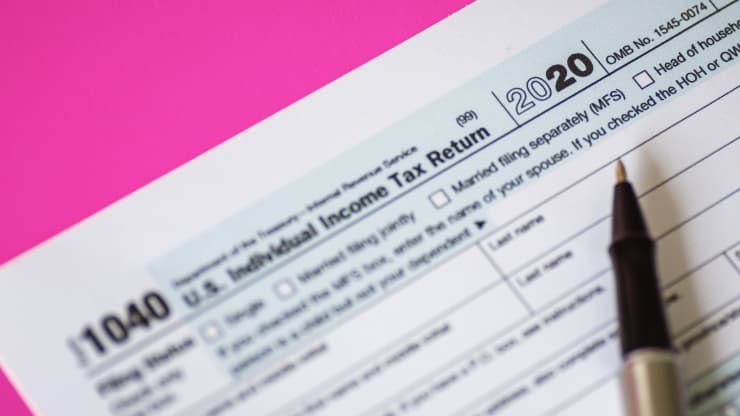 |
| Constantine Johnny | Moment | Getty Images |
Child tax credit
The American Rescue Plan, a $1.9 trillion Covid relief law that President Joe Biden signed in March, enhanced the child tax credit in a few ways.
The changes are temporary — they apply only to 2021 taxes (i.e., during tax season next year) unless Congress extends or makes them permanent.
The credit is available to families with kids.
Before the new law, families got a $2,000 credit per qualifying child — generally a dependent under 17 years old.
Single adults with up to $200,000 of income (and married joint filers earning $400,000 or less) got the credit’s full value. The amount fell by $50 for every $1,000 of income over those limits.
That structure remains in place.
But the American Rescue Plan offers a larger benefit to low and moderate earners, according to the Congressional Research Service. Higher-income families will generally get the same credit as under prior law.
Larger credit
 |
| Shaw Photography Co. | Moment | Getty Images |
For one, the law raised the age of qualifying kids to 17, from 16. (This benefits recipients across the income scale.)
Some families will get a larger maximum credit: $3,000 per kid ages 6 to 17 and $3,600 for younger children.
Single adults qualify for the full value of that larger credit if their annual income is $75,000 or less. (The income threshold is $112,500 for head-of-household filers and $150,000 for married joint filers.)
That larger credit amount gradually reduces for taxpayers with higher income.
(The actual income level at which the credit falls to the original $2,000-per-child level depends on the number and age of qualifying children, according to the Congressional Research Service.)
Previously, Americans could get up to $1,400 of the credit as a tax refund. Taxpayers only got a refund if they had at least $2,500 of earned income. Now, there’s no cap on the refund amount and the earned-income threshold was erased — especially helpful changes for low earners.
Monthly payments
The law also directed the Treasury Department to issue the credit in regular installments starting as early as July 1 — a departure from the typical lump-sum refunds once a year at tax time.
Rettig told the Senate Finance Committee on Tuesday that the IRS would be ready to start monthly payments in July.
This income is technically an advance on half a taxpayer’s expected 2021 credit amount. So, parents would get up to $300 a month per young child and $250 per older kid.
Anyone who qualifies for a child tax credit can get the advance.
But the regular income stream will be especially helpful to lower earners, according to Elaine Maag, a principal research associate at the Urban-Brookings Tax Policy Center.
It may help poor households reduce food insecurity and better manage monthly bills, she said.
“Very low-income families are often low income because their wages are bouncing up and down,” according to Maag. “That turns out to be bad for children.”
While the IRS is forecasting the payments will be monthly, they may ultimately come quarterly, depending on what the agency can manage, she said.
Tax returns
 |
| Photo: Getty Images |
There’s a caveat: Taxpayers must file a tax return to get the advance payments. That’s the case even for people who don’t typically file a return.
Taxpayers will get the remaining half of the child tax credit when filing their 2021 tax return (during the 2022 tax season).
“People should be filing those right now so they’re eligible for the payments,” Maag said of tax returns.
“But if they don’t, they’ll still be able to get the full child tax credit,” she added. “They’ll just get it as they normally would when they file their taxes next year.”
The IRS extended the federal tax filing deadline for 2020 returns by a month, to May 17.
Parents will be able to opt out of the advance payments — and elect to receive the full credit at tax time in 2022 — on an online portal the IRS will roll out this year.
Protections from repayment
Low earners may be protected from having to repay a portion of the funds, though.
Up to $2,000 per child would be shielded from repayment if the error is due to net changes in the number of qualifying children, according to the Congressional Research Service.
However, credit amounts exceeding $2,000 would still have to be repaid.
Single filers with less than $40,000 in income qualify for the full “safe harbor” amount. (The income threshold is $50,000 for heads of household and $60,000 for married couples filing a joint return.)
The $2,000 amount gradually phases out as one’s income rises. Single filers with more than $80,000 of income (or, $100,000 for heads of household and $120,000 for joint filers) wouldn’t get any safe harbor benefit.
Paying back the IRS
That portal will be important for another reason, too: It’s where taxpayers can update information that may have changed since they filed their tax return and which would therefore alter the size of their credit.
That may include changes in income, filing status or number of children.
The IRS estimates monthly advance payments based on data from one’s 2020 income tax return (or, if unavailable, a 2019 return).
Taxpayers who receive a larger advance than they’re eligible for will generally have to repay the excess. That may occur, for example, if a taxpayer gets a higher-paying job or a child now lives with another parent or relative.
Monthly Child Tax Credit Payments: Q&As2021 babies count towards the child tax creditIf you have a baby in 2021, your newborn will count toward the child tax credit payment of $3,600, if you and they qualify. Children who are adopted can also qualify if they're US citizens. What are the rules for older dependents?As for your older dependents, if they're between the ages of 18 and 24 they can qualify for $500 each -- but note that if your kids are between the ages of 19 and 24, they must be enrolled in college full-time. Significant details for parents who share custody of a childFor the first two stimulus checks, some parents who shared custody of a child but weren't married to each other were entitled to each claim money for the same child. That was only if they alternated years for claiming the dependent -- in other words, if one parent claimed the child on their taxes in odd years and the other claimed the child on their taxes in even years. This is no longer allowed for the third check, and we're told it won't work that way for the child tax credit payments either. Here's what we know so far about the child tax credit and shared custody situations. The IRS child tax credit portal will be key for manyThe IRS will launch an online portal by July 1, Rettig said, but the IRS won't have the resources to build this until after tax filing season ends. Once the child tax credit portal is available, recipients can log in to update their information if their circumstances have changed. For example, if you have a child in 2021, the IRS wouldn't have that information on file yet, so updating those details may help you get a larger tax credit payout. If you're overpaid, can you keep the extra money?Yes. The child tax credit isn't as flexible as the stimulus check rules. If you receive more money than you should have, you will have to pay it back. One example of this happening is if you and the other parent of your child (who is not your spouse) are both paid for the child tax credit for the same dependent. When you file your 2021 tax return (in 2022), if your tax situation isn't what the IRS has in its system and you weren't entitled to as much as you received, you'll have to give the overpayment back. To avoid this tax inconvenience, make sure all your information is updated before the payments start arriving. The portal will open July 1 for you to make adjustments. For more information, here are the top things you should know about the $3,600 child tax credit for 2021. Plus, here's how to track your tax refund and how to track your $1,400 stimulus check. Can you get all the child tax credit money in one lump sum?Yes, but not this year. If you thought you could cash in on all the child tax credit money in July, that's not the case. Instead, you can opt out of getting the monthly advance payments and receive a lump sum in spring 2022 as a credit when you file your taxes. That means you'd get a larger total in your tax refund or owe the IRS less money because the credit would be deducted from your total. You'll be able to use the online portal to opt out. Again, you wouldn't receive any money from this tax credit until 2022. |
*****READ MORE: What is IRS's Get My Payment tool: How it works?
 New Policy & Law in India in April: Five Changes in Income Tax Rules To Know New Policy & Law in India in April: Five Changes in Income Tax Rules To Know New Policy & Law in India in April: India decided to impose higher tax deducted at source (TDS) for people who are not filing ITR. ... |
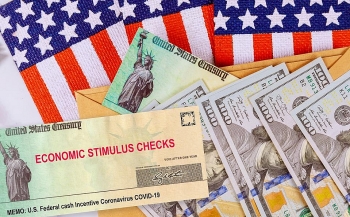 Facts about the Fourth Stimulus Check with $2,000 monthly payments Facts about the Fourth Stimulus Check with $2,000 monthly payments Some lawmakers want to take the stimulus payments a step further with monthly installments of as much as $2,000. Facts about the Fourth Stimulus Check ... |
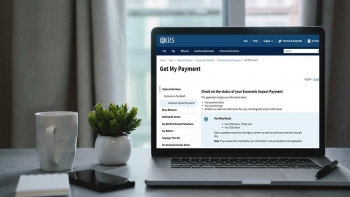 How to Check and Link to Get My Payment -Third Stimulus Check How to Check and Link to Get My Payment -Third Stimulus Check The IRS stimulus check tracker is now online, earlier than planned, and the first wave of payments are expected to hit some bank accounts this ... |
 Facts about The New Bitcoin Tax Rules and Tax Guide for you Facts about The New Bitcoin Tax Rules and Tax Guide for you Latest Bitcoin Tax Guide: Bitcoin buyers-tax season is coming soon and your investment will likely have an impact. We'll explain it all in our easy-to-follow ... |

